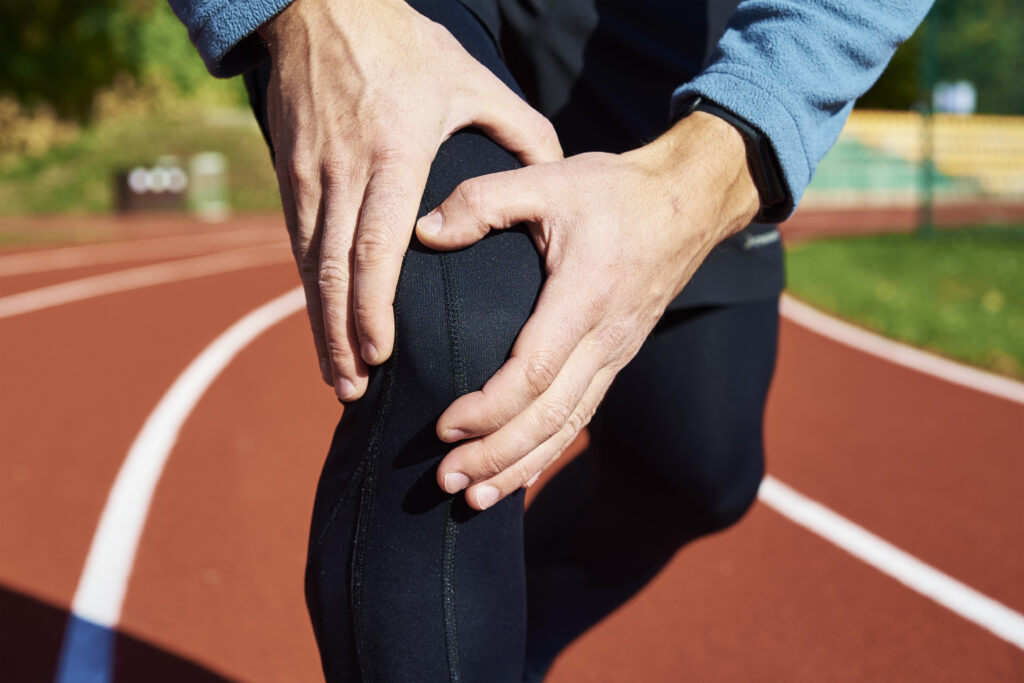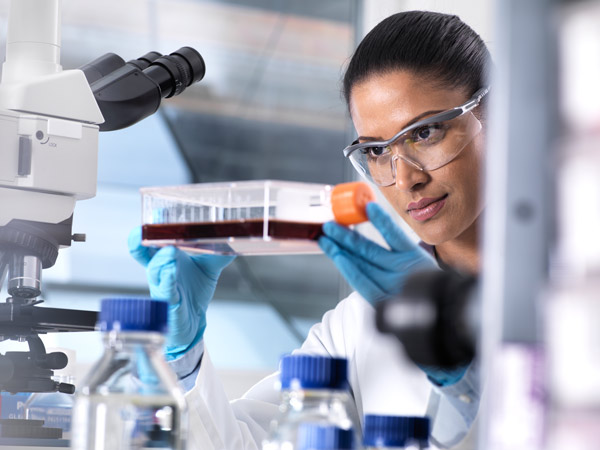In one of the largest platelet-rich plasma (PRP) studies, 230 patients with painful tennis elbow (lateral epicondylar tendinopathy) were either treated with PRP injections or with standard therapies. After 24 weeks, approximately 84 per cent of patients who got PRP injections reported a 25 per cent or higher reduction in pain, compared to 68.3 per cent of the control group (p = 0.037).
Mishra AK, Skrepnik NV, Edwards SG, Jones GL, Sampson S, Vermillion DA, Ramsey ML, Karli DC, Rettig AC. Platelet-Rich Plasma Significantly Improves Clinical Outcomes in Patients With Chronic Tennis Elbow: A Double-Blind, Prospective, Multicenter, Controlled Trial of 230 Patients. Am J Sports Med. 2013 Jul 3. [Epub ahead of print] PubMed PMID: 23825183
Another study used PRP or autologous blood injections to treat 99 tendons with chronic tendinopathies. Tennis elbow, jumper’s knee (patellar tendinosis), high hamstring tendinosis, Achilles tendinosis, and plantar fasciitis were all examples of chronic tendinopathies. Patients in the study had symptoms for an average of three years prior to PRP therapy. The majority of patients reported some pain alleviation following therapy, and half of those who got a leukocyte-poor PRP therapy reported being mainly or completely improved.
Harmon K, Drezner J, Rao A. Platelet rich plasma for chronic tendinopathy. Presented at the 2nd International Scientific Tendinopathy Symposium, Vancouver, BC, September 2012. As cited in Colberg RE, Mautner K, Platelet-rich plasma: An option for tendinopathy. Lower Extremity Review Magazine. http://lermagazine.com/article/platelet-rich-plasma-an-option-for-tendinopathy October 2013. Accessed August 18, 2015.
These trials show that, like other treatments for chronic tendon injuries, PRP does not provide complete pain relief for all individuals. PRP therapy, on the other hand, can be utilized as part of a larger treatment plan to alleviate pain and enhance function.




